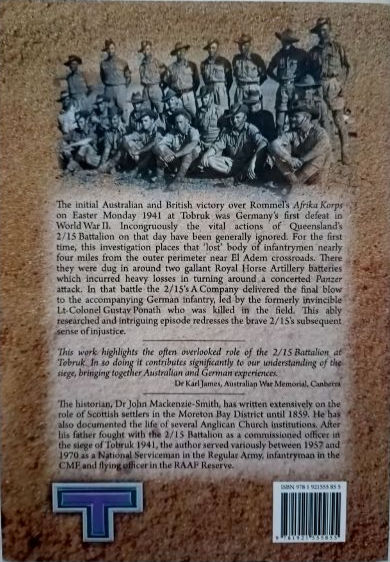Pre-Landing Operations: Getting Old Tasks Done In an Age of (2018) By Albert Palazzo
Australia is in the midst of what some have described as an Amphibious Renaissance. Not since the Second World War has the Royal Australian Navy had an amphibious capability of the scale provided by the new Canberra class Landing Helicopter Dock (LHD) vessels: HMA Ships Canberra and Adelaide. The Australian Army too is improving its amphibious clout, most evidently by its re-roling of 2nd Battalion, the Royal Australian Regiment (2 RAR) from a line infantry unit to a specialist pre-landing force. Amphibious doctrine—Army and joint—as well as amphibious concepts continue to advance. A lot is happening, and with time and further investment the ADF will again have an amphibious capability whose inadequacy was first noticed in 1987 during Operation Morris Dance and further underscored during the East Timor Intervention of 1999.3 It has been a long time coming.
Australia’s timing in deciding to improve its amphibious capability could not be more problematic, however. As Australia seeks to become more proficient at amphibious operations, recent technological advancements are providing potential adversaries with more effective weapons that will make what is already war’s hardest mission even more difficult and dangerous.
Anti/access and area denial (A2AD) platforms are enabling regional powers to create killing zones extending hundreds if not thousands of kilometres out to sea, while state-of-the-art sensors can observe a fleet’s approach from well beyond the range at which an invader can launch its landing force. In combination, sensors and anti-ship missiles will create what is effectively a maritime no man’s land which can be crossed only at what may prove a prohibitive cost.4 China has been the world leader in implementing an A2AD system but the entry point for these technologies is lowering rapidly, placing such weapons within the reach of lesser states. In fact, in 2016 approximately 80 countries had access to these systems and over 22 had the ability to manufacture them.
Amphibious operations have always been a complex and hazardous undertaking, even for the most powerful of states. In 1588, for example, Europe’s great power of the time, Spain, failed spectacularly in its attempt to invade England. Today, the growing proficiency of A2AD systems promises to redouble the challenge of projecting a land force onto a hostile shore. No state is yet to conceive of a reasonable way to cross the ship-killing zone and come within the range from which to make an amphibious landing. Of course, no one has tried, the last major effort being the British landing on the Falkland Islands during its 1982 war with Argentina. Though a success, the operation still resulted in the loss of six British ships.
Clearly the question of how to conduct an amphibious operation under current conditions is a far-reaching one. To make the remit more manageable, this paper will examine just one small, but vital, component of an amphibious operation: pre-landing tasks. The emphasis of this analysis is on
amphibious operations against a hostile shore, although most of the observations made here have relevance for other types of tasks such as a noncombatant evacuation operation (NEO) and humanitarian aid and disaster relief (HADR) missions. If done well the completion of these tasks makes
success possible, whereas without them, or if done poorly, no landing can succeed. This paper will identify the required tasks and look to history to explain how they were done in the past, before offering insights on how they could be conducted in a battle space watched by enemy sensors and dominated by hostile anti-ship missiles.
- Soft Cover
- 57 Pages
- In Good Condition
































